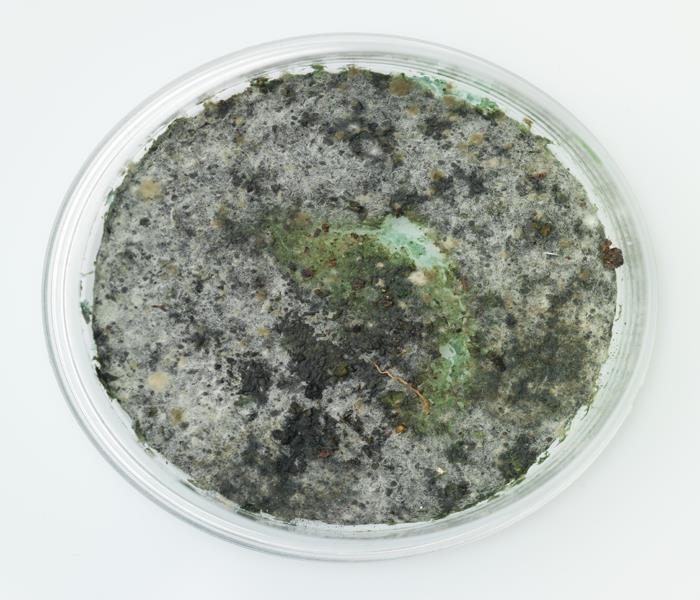The Most Common Places for Mold in Your Milton Home
6/19/2015 (Permalink)
The Most Common Places for Mold in the Home
For as long as people have been living indoors, Milton mold has been a serious issue to conquer. No dwelling is immune to the spread of mold. Mold grows from constant moisture buildup from damp surfaces, water leaks, and humid climates.
The problem with Milton mold is it can spread if it is not treated immediately. You may find a little mold in the corner of a wall and it will quickly spread to the floor, all over the wall, on your furniture, and even up to the ceiling. There is really no place that mold cannot spread. To keep from developing a mold infestation, perform regular checks where mold typically grows like the basement and other areas of the home that tend to stay damp.
Basements
The basement can be a breeding ground for mold. It has a tendency to be damp due to the drainage of water that flows through it. Basements are filled with pipes, sinks, sump pumps, and other fixtures that can potentially develop a water leak, overflow or a simple collection of water, which will in turn create the perfect scenario for mold to grow. Spores can grow from any type of moisture in the ground and spread to your walls. Home basements with concrete walls tend to be covered with drywall and drywall can be a perfect environment for mold spores to grow, since it is made from wood.
Bathrooms
Bathrooms are another important space to check regularly for mold. Bathrooms are filled with pipes, drains, porous surfaces and fixtures that use water on a daily basis. Bathrooms are the one room in the house that stays damp more than it stays dry. Every shower and bath taken in a bathroom can create a moist, damp, and humid room for mold to grow. Your bathroom is the last room you want mold growing and destroying your space. Tile is used in bathrooms to keep mold at bay, however, drywall is still used under the tile making it a hot bed for mold growth.
Kitchens
The kitchen, though not as bad as bathrooms, can still develop a mold situation. The sink area is the main area to keep a focused eye on because drains and pipes could have leaks, not to mention the water left behind from washing dishes and preparing food. Keep in mind, though you may only have one water source in your kitchen, spills and standing water can also cause mold.
Milton mold can be a costly condition in your home. Performing regular checks and cleaning the traditional areas with a cleaning agent designed to kill mold and prevent its re-occurrence can help you keep your home mold free. If your mold problem gets worse contact SERVPRO of North Fulton County to help.
Understanding Mold
Confusion and misunderstanding surround the topic of mold and mold remediation. Some restoration businesses even make claims to remove all mold from a building. This is a fallacy. Mold spores occur naturally almost everywhere, both indoors and outdoors. These microscopic spores float along in the air and can enter a home or business through windows and HVAC systems. Consider these facts:
- Mold is present almost everywhere, indoors and outdoors.
- Mold spores are microscopic and float along in the air and may enter your home through windows, doors, or AC/heating systems or even hitch a ride indoors on your clothing or a pet.
- Mold spores thrive on moisture. Mold spores can quickly grow into colonies when exposed to water. These colonies may produce allergens and irritants.
- Before mold remediation can begin, any sources of water or moisture must be addressed. Otherwise, the mold may return.
- Mold often produces a strong, musty odor and can lead you to possible mold problem areas.
- Even higher-than-normal indoor humidity can support mold growth. Keep indoor humidity below 45 percent.





 24/7 Emergency Service
24/7 Emergency Service
